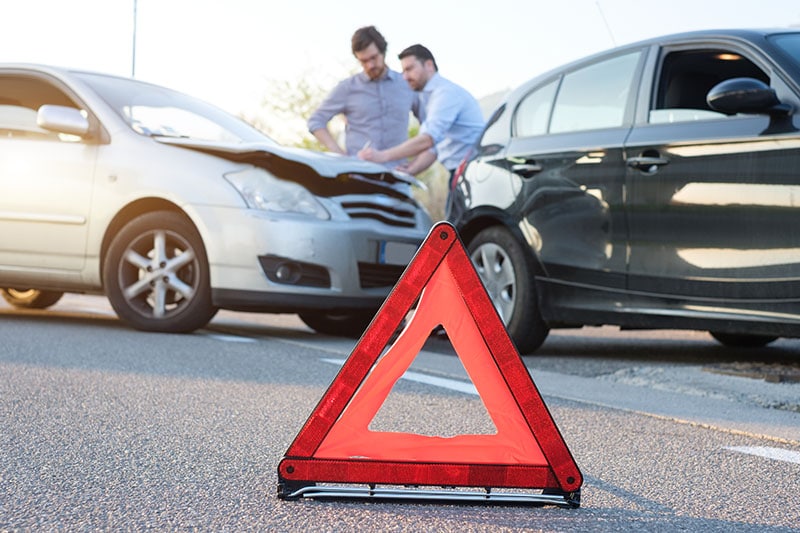Car accidents are overwhelming and stressful. When you think you might be partially at fault, it gets even more complicated. Can you still file a claim? The answer is often yes. Many people misunderstand how fault works in car accidents. You aren’t alone. Understanding your options is crucial. Your injuries matter, even if you share some blame. Legal rules vary by state, affecting your claim possibilities. Some states follow the “comparative negligence” rule. This means you can still recover damages, but your compensation might reduce by your share of fault. If you’re in this situation, you should seek guidance. Experienced legal teams, like Groth Law, can help you understand your rights and options. They often handle cases where fault is shared. You deserve the best possible outcome. Learning about your options can bring peace of mind during tough times. Remember, getting informed is the first step to protecting yourself.
Understanding Comparative Negligence
Comparative negligence is a legal concept used to determine fault and damages. It comes into play when more than one party is responsible for an accident. Not every state uses the same system. States may follow either “pure” or “modified” comparative negligence.
Pure vs. Modified Comparative Negligence
In pure comparative negligence states, you can recover damages no matter how much you are at fault. Your compensation decreases based on your fault percentage. For example, if you’re 70% at fault and your damages are $10,000, you could still receive $3,000.
Modified comparative negligence states set a fault threshold. This is usually 50% or 51%. If your fault exceeds this, you cannot recover damages. For instance, if you’re 55% at fault, you may not receive any compensation.
| Negligence Type | Description |
|---|---|
| Pure Comparative | Compensation possible regardless of fault percentage |
| Modified Comparative | Compensation possible only if fault is below 50% or 51% |
State-Specific Laws
It’s essential to know your state’s rules. Some states use contributory negligence. Here, if you are even 1% at fault, you cannot recover damages. Always consult local resources like your state’s Department of Motor Vehicles for specifics. Their guidance can be invaluable in these situations. You can visit National Highway Traffic Safety Administration for more information on crash avoidance and safety measures.
Steps to Take After an Accident
If you find yourself in an accident, follow these steps:
- Ensure everyone’s safety and call emergency services if needed.
- Document the scene with photos and notes.
- Exchange contact details with involved parties.
- File a police report to provide an official account.
- Seek medical attention, even if injuries seem minor.
- Contact your insurance company promptly.
Insurance Considerations
Insurance policies vary. Understanding your coverage is crucial. Some policies cover accidents regardless of fault. Others depend on state laws and the specifics of the accident. It’s wise to review your policy regularly. Discuss with your insurance agent to clarify your coverage. For further details on auto insurance, check the USA.gov Auto Insurance Guide.
Legal Assistance
Handling claims, especially when partially at fault, can be complex. Legal professionals can offer guidance tailored to your situation. They help navigate local laws and maximize your compensation. Many firms provide free consultations, so don’t hesitate to reach out. Understanding your rights helps you make informed decisions.
Conclusion
Accidents are tough, but understanding your options makes a difference. You can often file a claim even if you share fault. Familiarize yourself with your state’s rules and insurance policy. Seek expert advice when needed. Taking these steps ensures you’re protected. You are not alone in this process. Empower yourself with knowledge and support.

